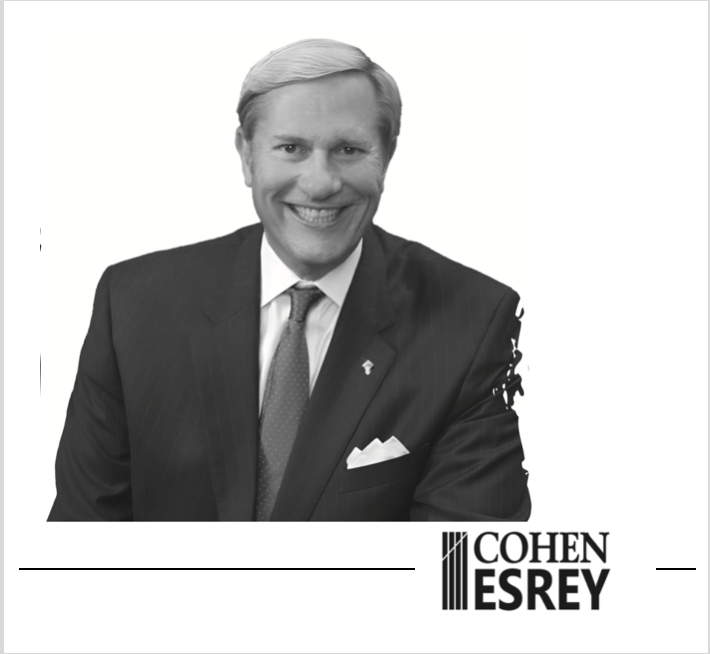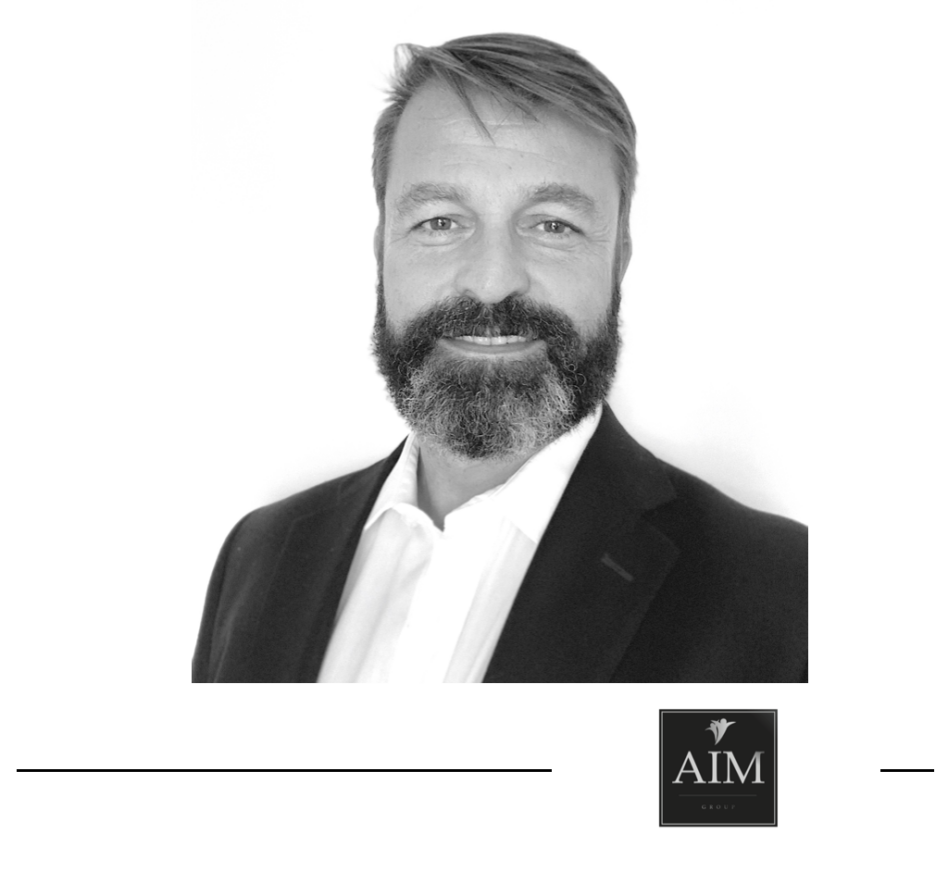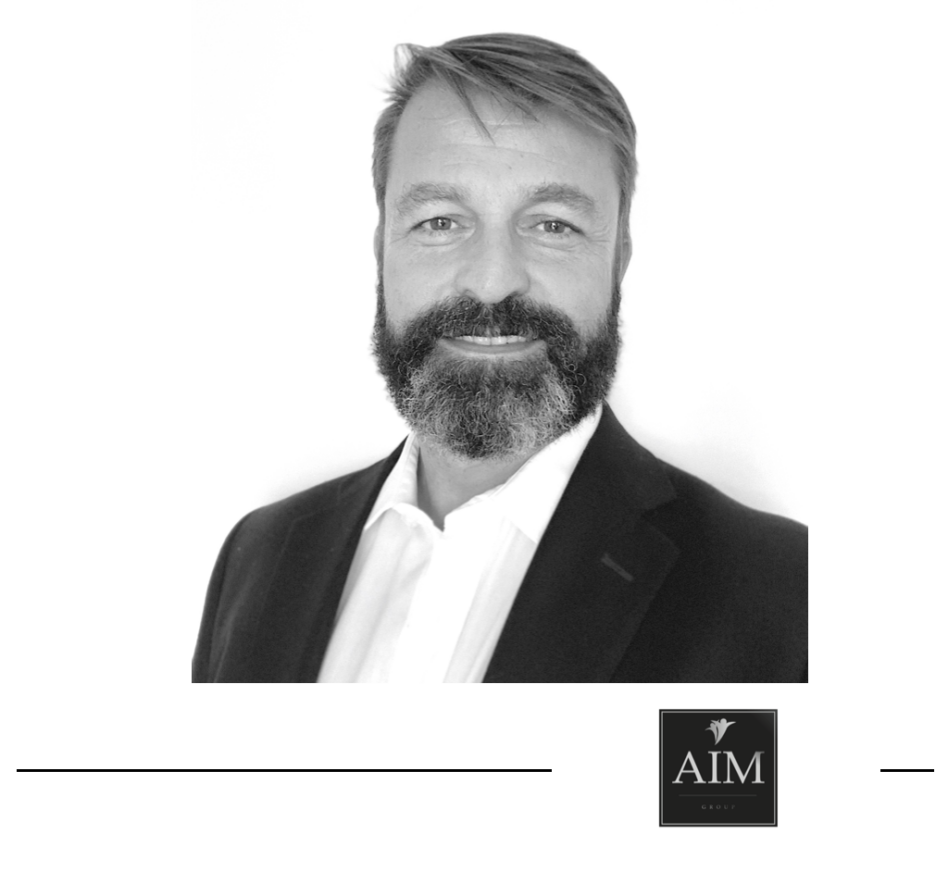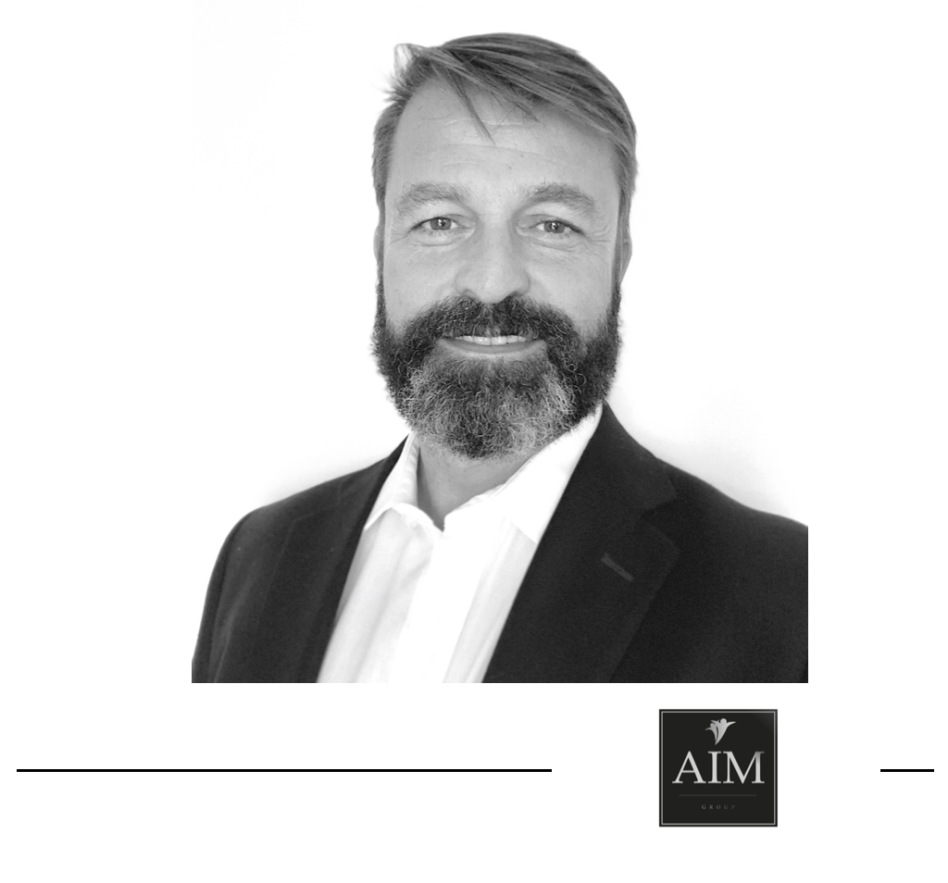By: R. Lee Harris
President/CEO
COHEN ESREY
Elon Musk wants to go to Mars during his lifetime. Talk about Big Hairy Audacious Goals (BHAG)! But I can relate. My whole adult life has been all about moonshots. Fortunately, Mars has never been on my radar. Many other different BHAGs have, however.
I graduated from Kansas State University in 1975 with a degree in economics. I knew beginning in the eighth grade that I wanted to be a real estate developer. I jumped into the commercial real estate world right after college as the property manager for a 234-unit apartment complex in Topeka, Kansas. The first few months were miserable, but I persevered and used it as a steppingstone to learn the business. Oh, and I’m still with the same company today. The Kansas City-based firm was only five years old when I joined, and I convinced my boss (the owner) that we should expand our management presence in Topeka. He said, “Have at it, but make sure to do your main job at the same time.” The first third-party assignment we won was an 18-unit property; then we picked up a 63-unit apartment complex; then 66-units; then 120-units, and we were rolling! In 1979 we assumed the management of a 1,385-unit property in St. Louis which to this day is the largest apartment property in the history of our firm.
I must confess that while building a property management business was bread and butter, it certainly wasn’t shooting for the stars. The good news is that I learned what was needed over the course of the first 20 years of my tenure to put me in a position to begin pursuing the development and acquisition of apartment communities in the mid- 1990s. We began building some smaller apartments, then renovating several historic structures. Eventually our development activities involved much larger complexes – 150 to 300-units in multiple cities across the country. For many years we had managed tens of thousands of units for third party owners – and made them a lot of money in the process. In 2015, we began acquiring larger existing apartment properties – generally ranging from 300 – 600-units – and did so on a programmatic basis. Today, we have amassed a portfolio that we own valued at more than $1.6 billion with a solid plan that we expect will take us to $5 billion in apartment assets by the end of 2026. Never in my wildest dreams!
Here’s an example of another moonshot. I was invited to serve on the board of the Kansas Bioscience Authority, formerly the venture capital initiative for the state of Kansas. The KBA made Series A and B investments in companies engaged in agriculture, animal health, and human health. I realized that such funding did not exist at the time for even earlier stage companies in those verticals. So, we started a separate business unit, brought together domain experts as investors, and along with a professional team began identifying companies and investing in the space. To date, we have made 28 investments (including follow-on) in 20 companies and expect to have a portfolio of 60+ companies by 2027. Never in a million years would I have dreamt this could be real.
There are many ingredients that factored into the massive success we are realizing. My formative years were filled with possibility. Thanks to my parents and teachers pushing me to use my natural-born potential, I never bought into any notion of lack and limitation. I started a firewood business in high school; got a real estate license in college and sold a few houses as well as launching a small development deal. When someone suggested that I couldn’t do something, I simply ignored them.
As time passed, I became more and more focused on always maintaining a positive attitude. When something didn’t go right, I learned to look for silver linings. And that mindset led to my current philosophy that if something doesn’t happen the way I want, it simply means that something even better is in store. Sound Pollyanna-ish? I can point to countless examples of how this has been true for me. And believing this way has allowed me to remain open and receptive to the good that comes to me.
I learned to think big and taught myself to then think even bigger. It’s amazing how easy this can be when one doesn’t buy into the “I can’t” mantra. Someone once asked me if I see life as a glass half empty or half full. I chose neither by responding that I’m a multiple glass guy and they are all overflowing. Many people work a job. Some people pursue a career. I consider myself blessed that I am one of the few who have been able to live my passion every day of my life. True confession – early on I chased the almighty dollar, and I was often frustrated that the dollars were just beyond my outstretched fingers. Fortunately, I eventually shifted into passion mode and stopped focusing on the money and guess what? The financial rewards began coming bigger and better than I could have ever imagined. It’s been more than 20 years since I took a salary. Why? Because it was way too limiting.
Have there been failures? Of course, there have! But I see failure as simply an unfinished experiment in the laboratory of life. In fact, I developed a risk mitigation exercise called, “Opportunities-to-Fail.” Does this sound negative? It’s not. This concept has served me well in my quest to think big and even bigger. Here’s how it works.
When considering a major development project, we assemble the entire development team and conduct a brainstorm session to inventory everything that could go wrong. A simple Excel model has been created in which we ascribe a numerical value (one through ten) to both the probability of the negative event and its impact. We weight the impact 25% higher than the probability and derive a composite score for each item. Then we sort the items – sometimes as many as 40 or 50 – from the highest to lowest scores. Finally, we set the list aside for a few days to give each team member some reflection time.
Next, a second team session is scheduled to determine how to mitigate each of the downside elements. Specificity is the byword here. We don’t want to get caught in the trap of being too general or “broad brush” in the methods for mitigation. We mitigate all the higher-scored risks – generally 50% to 75% of the list. A contingency plan is also identified for as many items as possible – should our mitigation efforts be unsuccessful. At the end of the Opportunities-to-Fail exercise we can decide whether to move forward with the project based upon a solid risk management plan that includes a healthy margin-of-safety. There’s no question that this approach has contributed mightily toward my ability to think big and even bigger, knowing that there is always a way to measure and protect against the downside.
For years I was asked about my vision for our family of companies. I pooh-poohed this for a while – after all, I knew in my head where we were going. But in 2016 I sat down and pretended that I was writing an article for the Wall Street Journal. I mocked up the masthead and used the name of a real WSJ reporter. The theme was the state of the company as of December 31, 2026 – sort of a “back to the future” perspective. I shared this with our team and the light went on for many people. There’s no doubt some heads were shaking over some of the BHAG achievements I was affirming, but it was clear to everyone what it was going to look like when we got there.
How does this all sum up? First, moonshots take a great deal of vision, creativity, and planning. Strong foundations must be laid requiring patience and perseverance. A great leader surrounds himself or herself with other members of the team who are smarter than he/she and have a myriad of different strengths and skills. A mindset of thinking big and then thinking bigger is an absolute must. Failure is expected and embraced, but risks should be managed and not taken indiscriminately. Remaining positive even during the darkest hours is mandatory. Some might say that achieving the loftiest of goals requires an element of luck. If luck is the combination of all the aforementioned factors, then I believe we make our own luck. The way he’s going, Elon Musk has luck in bushels, and he’ll bypass the moon on his way to Mars.




